Most people think of Balto as the heroic dog who saved the town of Nome, Alaska, from an outbreak of diphtheria in 1925, but Togo the Siberian husky was the head of the sled dog team that ran 260 miles in frigid blizzard conditions to help deliver the antitoxin.
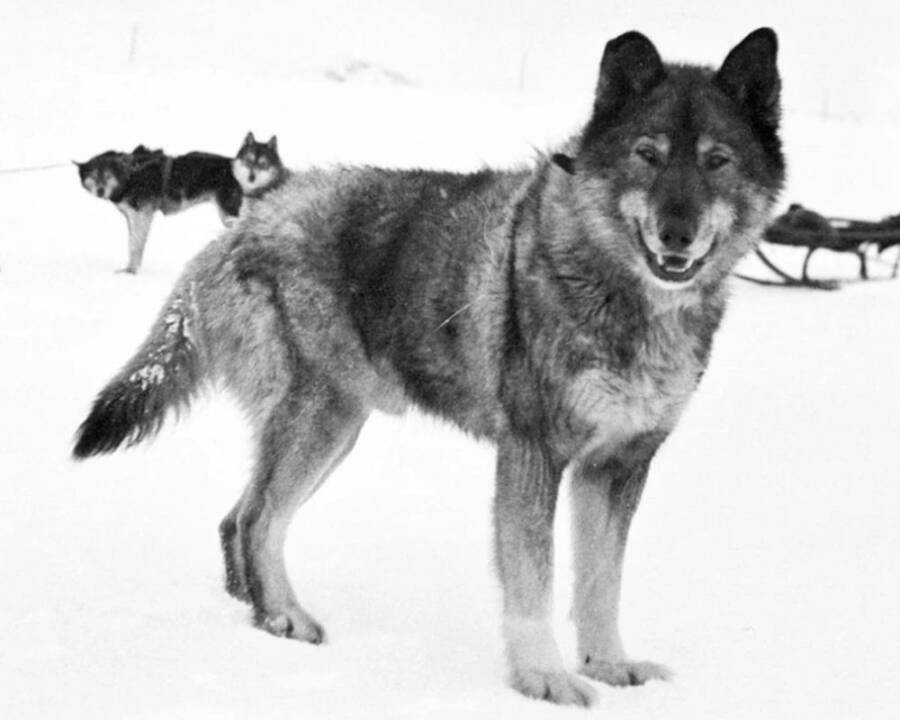
Sigrid Seppala Hanks Collection, Carrie M. McLain Memorial MuseumTogo, the lead sled dog of musher Leonhard Seppala.
In January 1925, Nome, Alaska, was stricken with a serious outbreak of diphtheria, but due to the town’s remote location and the harsh winter conditions, it seemed unlikely that anyone could get an antitoxin there in time to prevent a deadly epidemic. Then, a plan was devised: Sled dogs would carry the medication to Nome.
Known as the Nome Serum Run or the Great Race of Mercy, the relay involved 20 mushers and 150 dogs who transported the diphtheria antitoxin. Although Balto is often recognized as the hero of the run, Togo the dog actually led the longest and most dangerous leg of the race.
When the antitoxin arrived just after 5 a.m. on Feb. 2, the people of Nome rejoiced and named Balto, the Alaskan husky who had led the final 54-mile stretch of the relay, a national hero. But while Balto has been immortalized through statues and films, his owner, Leonhard Seppala, felt that Balto was given too much credit.
The true recognition, Seppala argued, should have gone to his Siberian husky Togo. While Balto finished the run, it was Togo the dog who led his sled team through the longest stretch of the journey — more than 260 miles in just three days.
Balto has always been regarded as a hero, but to most people, Togo’s name meant nothing. That narrative has started to change in recent years, however. Finally, a century later, Togo the sled dog is getting the recognition he always deserved.
How Togo Almost Didn’t Become A Sled Dog
Born around 1913, Togo was part of a litter sired by a lead sled dog named Suggen. He was named after the Japanese admiral Tōgō Heihachirō, who fought in the war between Russia and Japan in the early 20th century. Togo was a sickly and mischievous puppy, and Seppala didn’t think he had what it took to become a sled dog, so he gave him away to a neighbor before he was six months old.
Togo didn’t handle the separation well. Just a few weeks later, he escaped from his new owner’s home and made his way back to Seppala. Impressed by the pup’s determination, Seppala decided to keep him this time around. Still, he was a difficult dog to raise.
Seppala would lock Togo in the kennel when he took his sled dog team out on training runs, but the pup would escape, catch up to the group, and distract the lead dogs. When Togo was eight months old, Seppala once again locked him in his kennel as he harnessed up a team to transport a miner to a gold claim. And, once again, Togo broke free and followed the sled.
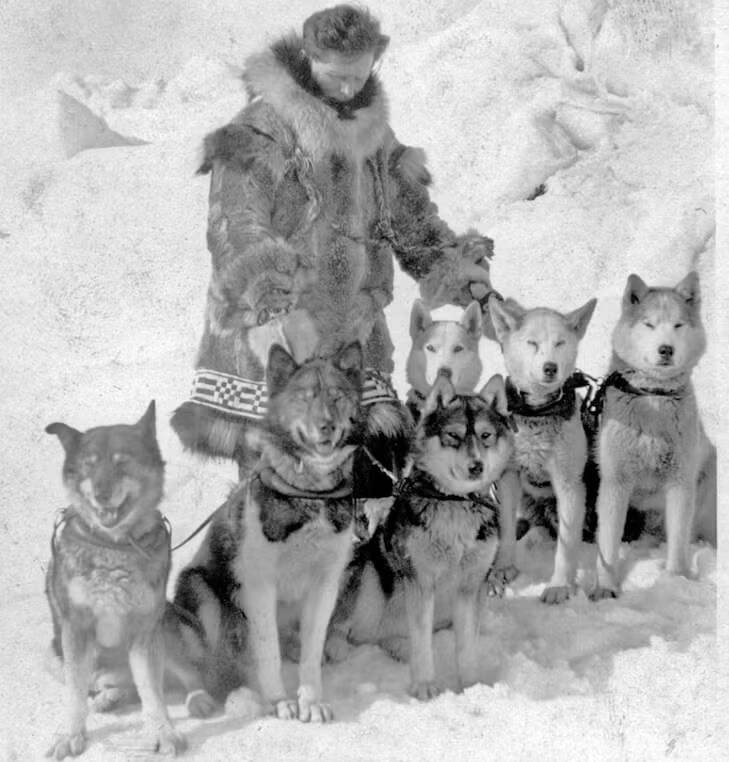
Sigrid Seppala Hanks Collection, Carrie M. McLain Memorial MuseumLeonhard Seppala with his huskies, including Togo on the far left.
In order to keep Togo from distracting the other dogs, Seppala decided to put a harness on him and add him to the back of the pack, closest to the sled. To his surprise, Togo calmed down almost immediately. Throughout the return trip, Seppala kept moving Togo further and further up in the line until he was sharing the lead position with another dog named Russky.
By the time they got home, Seppala’s tune had changed. “I had found a natural-born leader,” he said, according to the 2003 book The Cruelest Miles, “something I had tried for years to breed.”
Over the next decade, Togo became Seppala’s prized lead dog. And in 1925, when Togo was 12 years old, his skills helped save the lives of hundreds of people.
Togo The Sled Dog’s Crucial Role In The 1925 Nome Serum Run
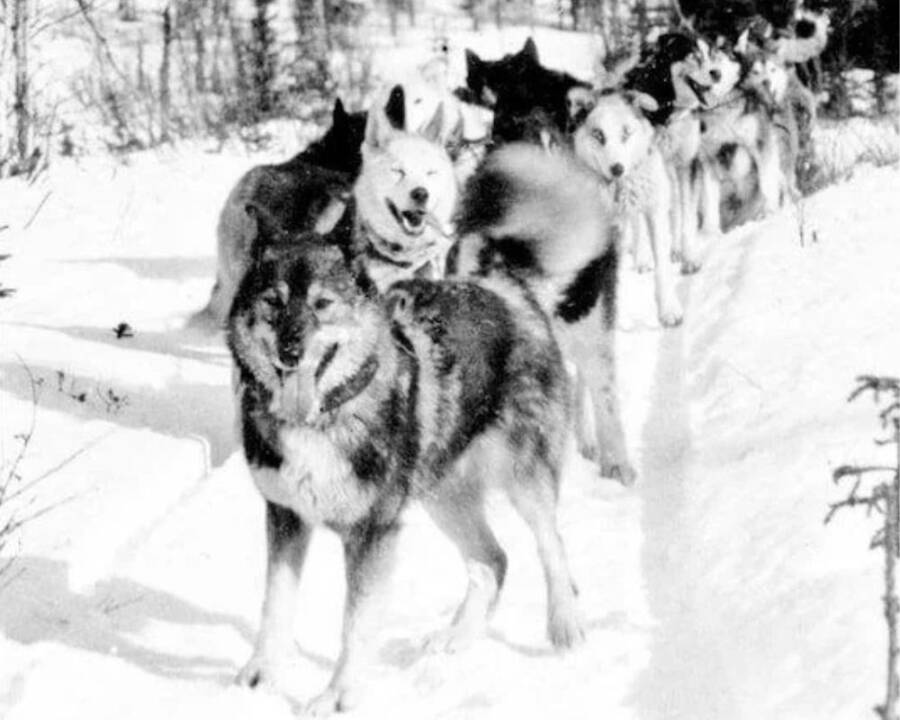
Sigrid Seppala Hanks Collection, Carrie M. McLain Memorial MuseumTogo leading Leonhard Seppala’s pack of sled dogs.
When an outbreak of diphtheria struck Nome, Alaska, in 1925, the small town’s doctor quickly declared an emergency situation. The antitoxin at the hospital was expired, and the extra stock he’d ordered hadn’t arrived before the port shut down for the winter. There were 300,000 units of diphtheria antitoxin in Nenana, but it was more than 670 miles away. Officials were faced with a conundrum: How could they get the medication to Nome?
Ships couldn’t reach Nome due to ice, and no trains traveled to the remote town. What’s more, the few airplanes in Alaska weren’t fit to fly in frigid conditions. It seemed that there was no way to get the life-saving serum to Nome in time to prevent dozens, if not hundreds, of deaths. Then, someone proposed a dog sled relay. The only problem was that the trip, which could take up a month to complete, had to be done in six days.
Around 20 teams made up of 150 dogs were gathered to carry out the relay, and it began at 9 p.m. on Jan. 27, 1925, when “Wild Bill” Shannon received the package of serum at the Nenana train station and took off toward Nome. The Great Race of Mercy was underway.
Over the next four days, 17 other teams carried the package an average of 30 miles each. But the serum was still more than 150 miles from Nome — and time was running out.
On Jan. 31, Leonhard Seppala and his team, which was headed by Togo the dog, received the package near Shaktoolik, Alaska. Seppala had already traveled 170 miles from Nome to pick up the serum, and he immediately turned around to begin the perilous journey back. Temperatures reached negative 30 degrees Fahrenheit, and a blizzard had blown in that was causing near white-out conditions.
The team had 91 miles to travel to the next hand-off point — and Togo got everyone there safely.
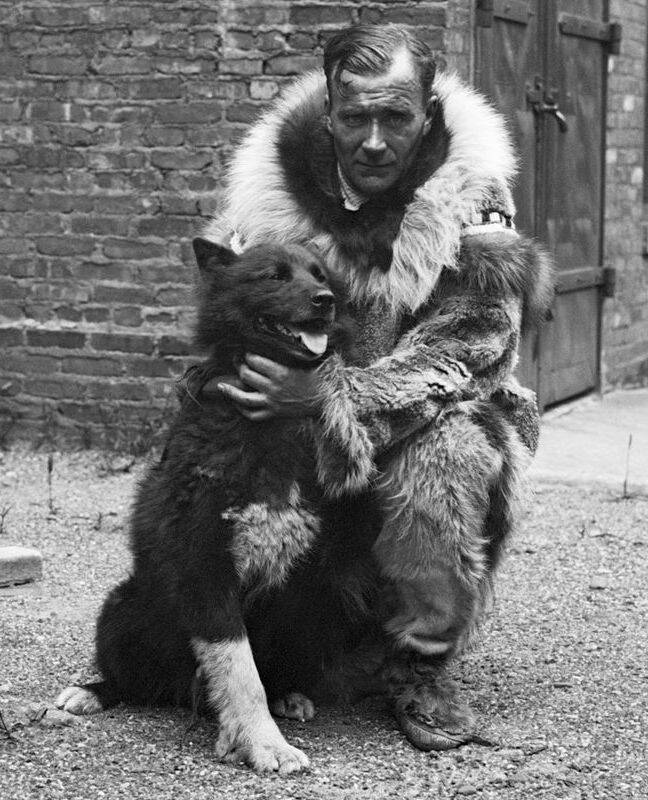
Public DomainBalto, the sled dog that led the last leg of the Nome Serum Run, with musher Gunnar Kaasen.
Seppala gave the serum to the next musher, Charlie Olson, who then passed it off to Gunnar Kaasen 25 miles later. Kaasen’s sled dog team was led by Balto, another one of Seppala’s dogs. Balto completed the final 54-mile leg of the journey, arriving in Nome with the antitoxin on Feb. 2, 1925.
Balto quickly became an overnight celebrity, lauded for his bravery and heroic efforts to deliver the serum on time. However, in all the excitement, Seppala felt that his most heroic dog, Togo, had been overlooked.
How Togo’s Legacy And Heroism Were Finally Recognized Years Later
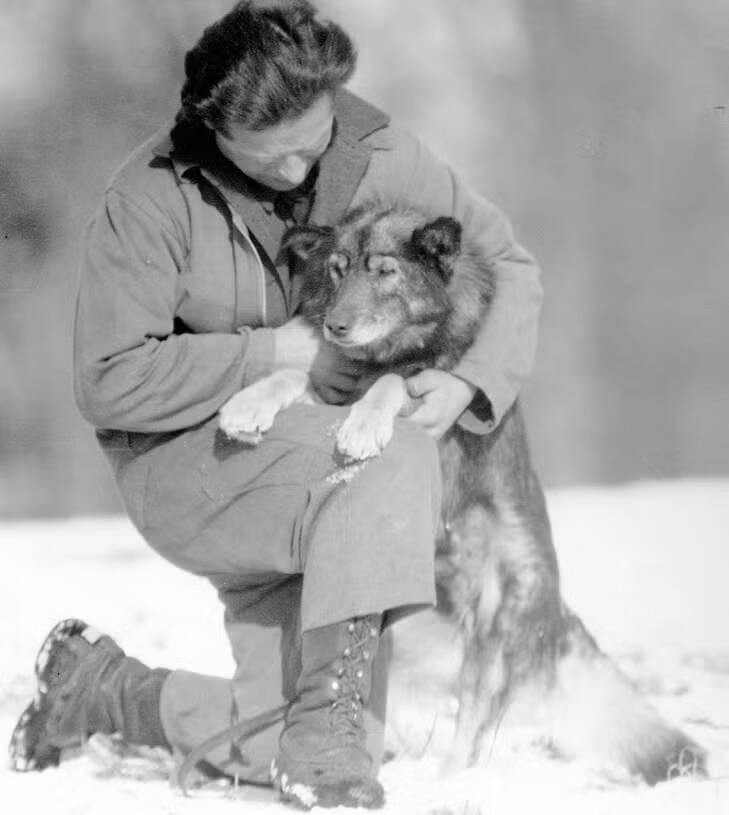
Sigrid Seppala Hanks Collection, Carrie M. McLain Memorial MuseumLeonhard Seppala saying goodbye to Togo just before he was euthanized in 1929 at the age of 16.
As Balto became a national hero, Seppala and Togo continued to travel and race together. However, as the Siberian husky got on in years, he was sent to live at a kennel in Poland Spring, Maine, that Seppala had opened. There, in 1929, 16-year-old Togo was euthanized due to joint pain and partial blindness.
Even after Togo the dog’s death, Seppala begrudged the fact that Balto had become a national hero while Togo’s contributions to the Nome Serum Run went unrecognized. By December 1925, Balto had a statue erected in his honor in New York City. According to a 2020 report in Anchorage Daily News, Seppala once wrote, “I resented the statue to Balto, for if any dog deserved special mention, it was Togo.”
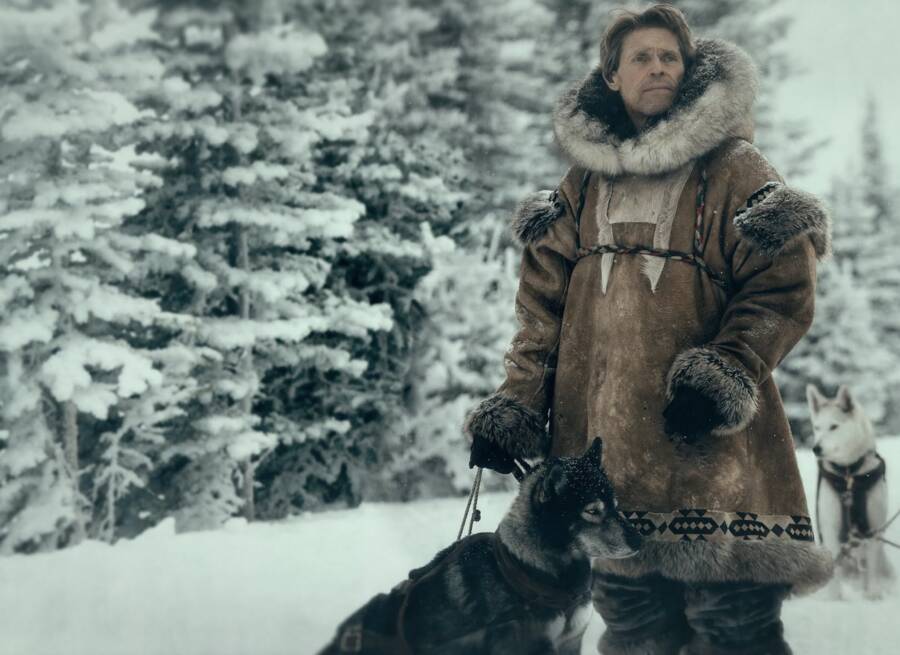
Disney+The dog who depicts Togo in the 2019 film Togo is an actual descendant of the heroic canine.
Indeed, Togo led his team through the longest and most dangerous part of the journey. His efforts didn’t go unrecognized forever, though. Over time, more people started to regard Togo as the hero that he was. For instance, in 2011, TIME declared Togo the most heroic dog of all time.
Togo the dog’s story was also eventually turned into a film, aptly titled Togo and starring Willem Dafoe as Leonhard Seppala. He likewise received his own statue in Poland Springs, solidifying his place as one of history’s most heroic and beloved dogs.
After learning about Togo the sled dog, go inside the heartbreaking story of Hachikō, the most loyal dog of all time. Then, read about 11 of the most famous dogs throughout history.





